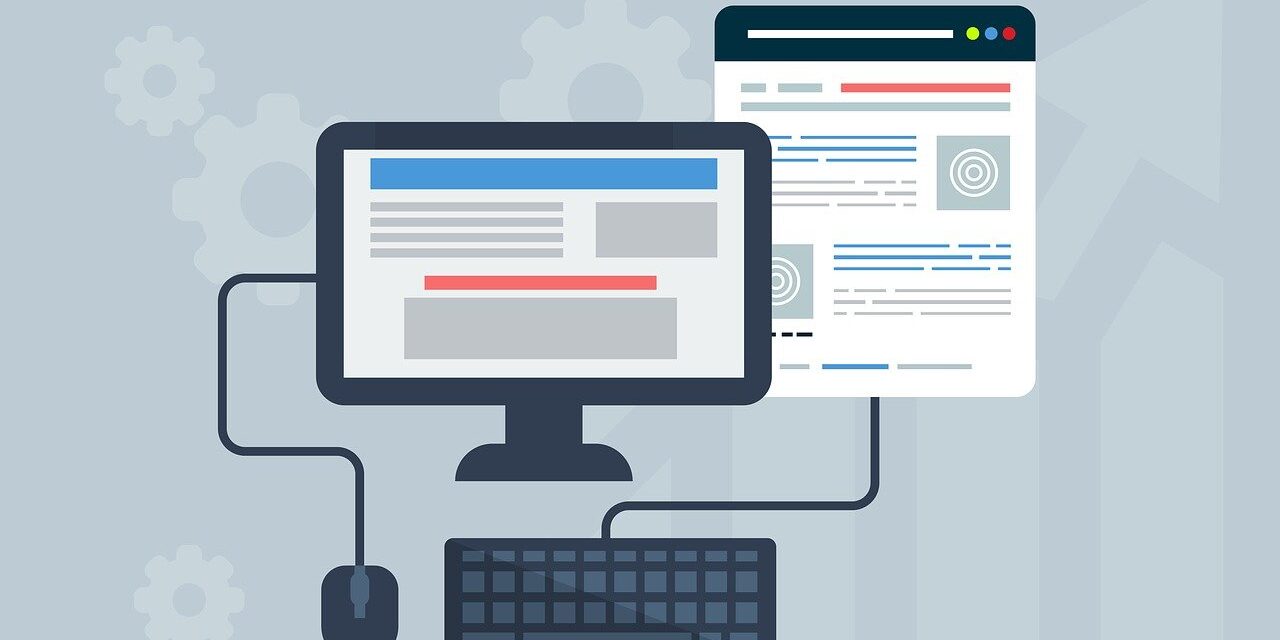Remote Work and Collaboration Tools
Remote Work and Collaboration Tools In a rapidly evolving digital landscape, the way we work has undergone a transformative shift. The rise of remote work, enabled by advanced collaboration tools, has not only changed where and when work happens but has also revolutionized how teams communicate, collaborate, and achieve their goals. In this article, we’ll delve into the world of remote work and explore the essential collaboration tools that are shaping the future of work.
Remote Work and Collaboration Tools Revolution:
The COVID-19 pandemic acted as a catalyst for the remote work revolution. What was once an optional work arrangement became a necessity for businesses to ensure continuity during challenging times. However, the benefits of remote work extend beyond crisis management. Reduced commuting time, increased flexibility, and access to a global talent pool are just a few advantages that have reshaped our understanding of work-life balance.
Remote Work and Collaboration Tools:
Video Conferencing Platforms:
Video conferencing tools like Zoom, Microsoft Teams, and Google Meet have become the virtual boardrooms of today. They facilitate face-to-face interactions, enabling teams to hold meetings, presentations, and brainstorming sessions regardless of geographical barriers.

Project Management Software:
Tools like Trello, Asana, and Monday.com help teams organize tasks, set deadlines, and track project progress collaboratively. They provide a centralized hub for communication and task management, ensuring everyone stays on the same page
Communication Apps:
Slack, Microsoft Teams, and similar platforms offer instant messaging, file sharing, and integration with other tools, fostering real-time communication and reducing email clutter.

Remote Work and Collaboration Tools & Document Collaboration Tools:
Google Workspace (formerly G Suite) and Microsoft 365 offer cloud-based document editing and sharing, allowing multiple team members to collaborate on the same document simultaneously.
Virtual Whiteboards:
Miro and Microsoft Whiteboard replicate the experience of physical whiteboards, enabling teams to brainstorm, diagram, and collaborate on visual projects in a virtual environment.
Time Tracking and Productivity Tools:
Tools like Toggl and RescueTime help remote workers manage their time effectively, monitor productivity, and identify areas for improvement.
File Sharing and Storage:
Cloud storage platforms such as Dropbox, OneDrive, and Google Drive facilitate secure file sharing and ensure that team members have access to the latest versions of documents.

Challenges and Best Practices:
While remote work offers numerous benefits, it also presents challenges such as potential feelings of isolation, difficulty in maintaining work-life boundaries, and communication gaps. To address these challenges, consider implementing the following best practices:
Clear Communication: Overcommunicate to bridge the physical gap. Set clear expectations for availability, response times, and communication channels.
Regular Check-Ins: Schedule regular team check-ins to maintain a sense of camaraderie and keep everyone aligned.
Goal Setting: Define clear goals and deliverables to ensure that remote team members remain focused and accountable.
Virtual Socializing: Organize virtual team-building activities and social events to foster a sense of belonging.
Flexible Work Hours: Embrace flexibility by allowing team members to adapt their work schedules to their personal lives.
Embracing the Future:
Remote work and collaboration tools have reshaped the modern workplace, opening up new possibilities for businesses and workers alike. As technology continues to advance, we can expect even more innovative tools that further enhance remote collaboration and redefine the traditional office environment. By embracing these changes and adapting to the evolving landscape, businesses can position themselves for success in the future of work.





